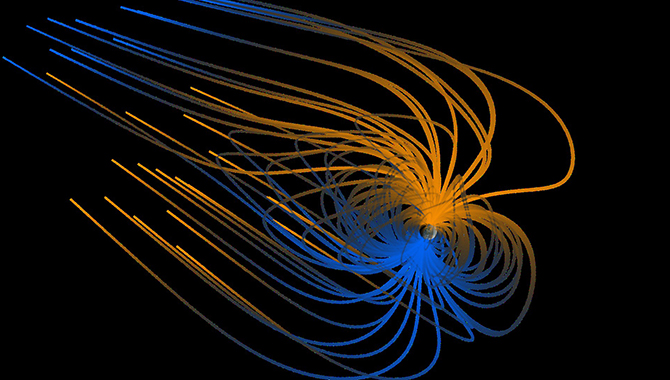
Recently, a NASA mission encouraged musicians to look to space as inspiration for creative expression. This isn’t the first time a composer has turned NASA findings into art.

Recently, a NASA mission encouraged musicians to look to space as inspiration for creative expression. This isn’t the first time a composer has turned NASA findings into art.
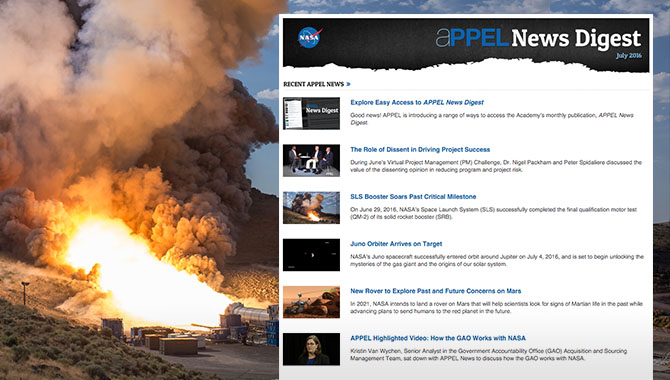
A new edition of the APPEL News Digest has been released. We invite you to read it today on our website.

In 2021, NASA intends to land a rover on Mars that will help scientists look for signs of Martian life in the past while advancing plans to send humans to the red planet in the future.

Twenty-five years ago this month, NASA redefined aircraft maneuverability and control with the first flight of a vehicle featuring a thrust-vectoring control system (TVCS).
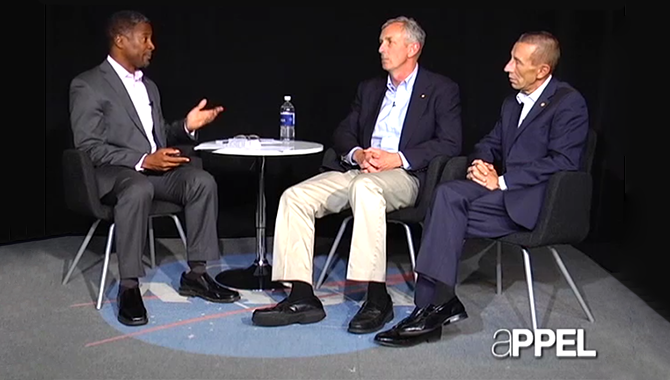
During June’s Virtual Project Management (PM) Challenge, Dr. Nigel Packham and Peter Spidaliere discussed the value of the dissenting opinion in reducing program and project risk.
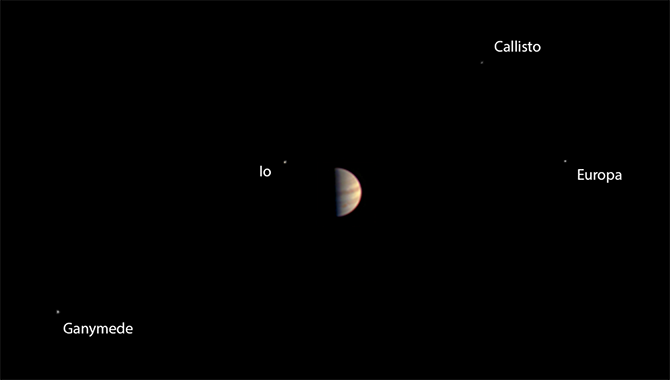
NASA’s Juno spacecraft successfully entered orbit around Jupiter on July 4, 2016, and is set to begin unlocking the mysteries of the gas giant and the origins of our solar system.
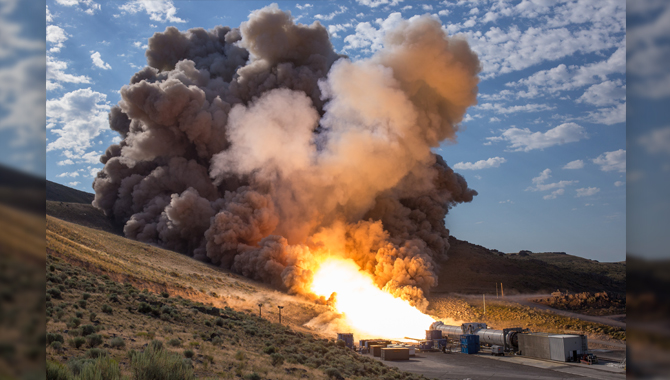
On June 29, 2016, NASA’s Space Launch System (SLS) successfully completed the final qualification motor test (QM-2) of its solid rocket booster (SRB).
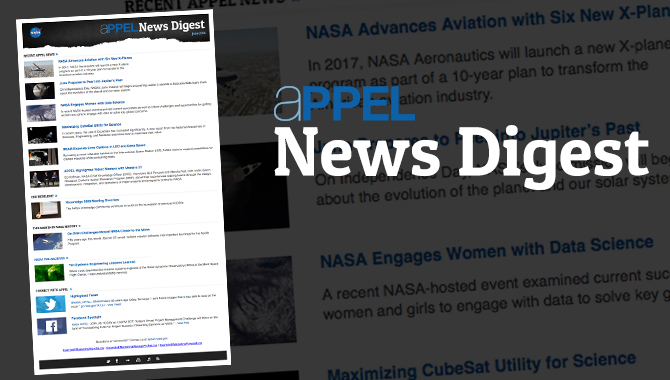
Good news! APPEL is introducing a range of ways to access the Academy’s monthly publication, APPEL News Digest.

A new edition of the APPEL News Digest has been released. We invite you to read it today on our website.